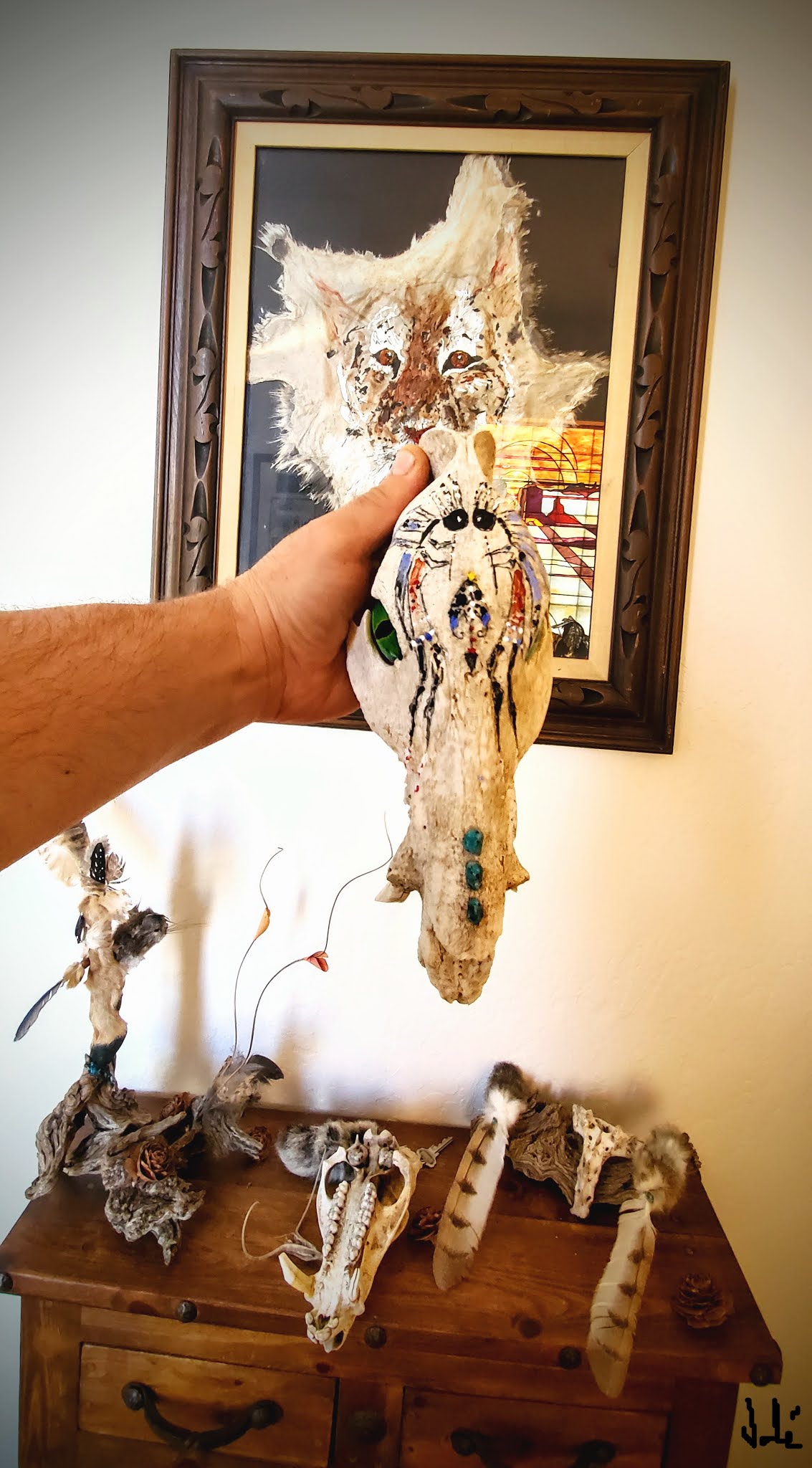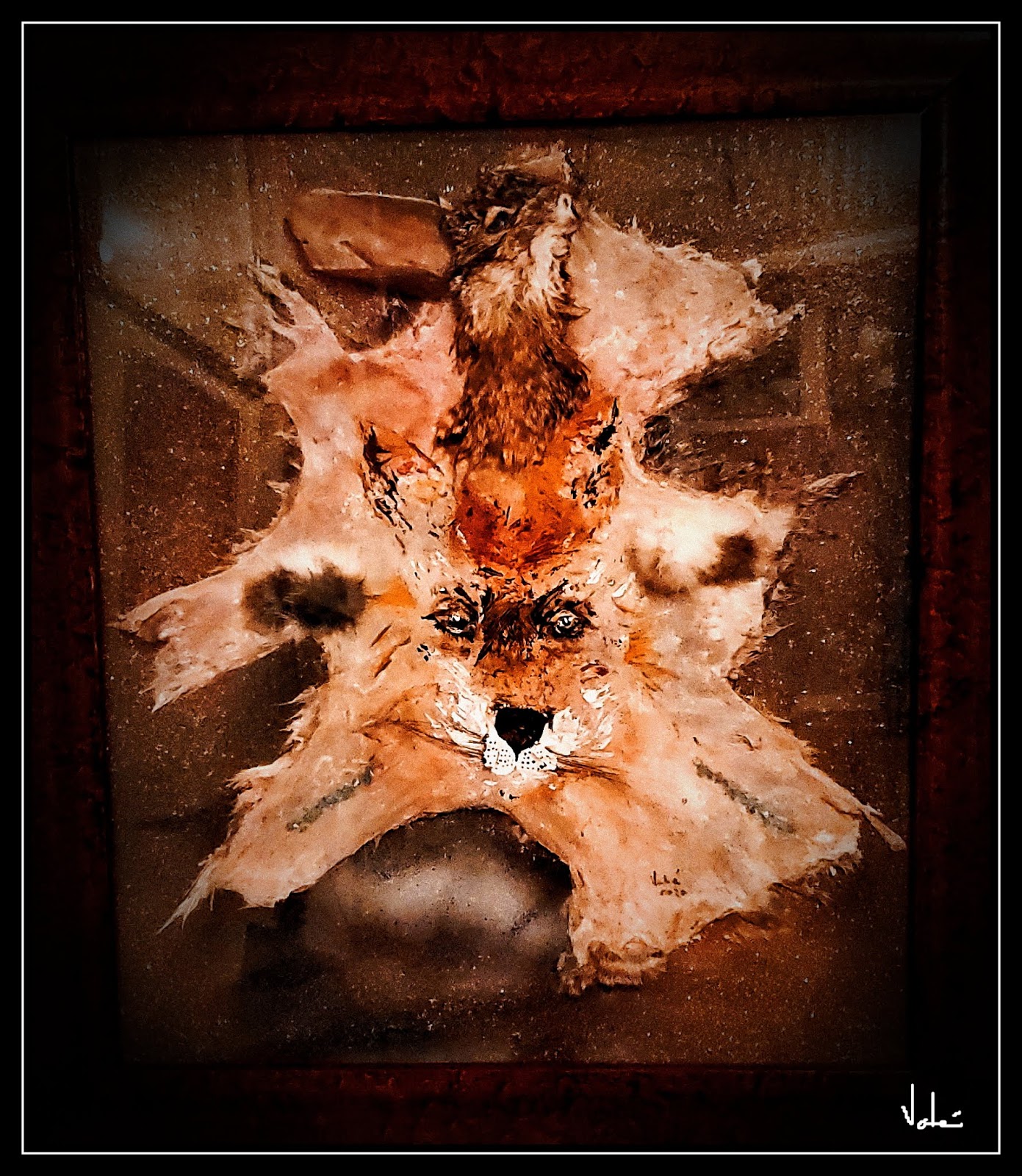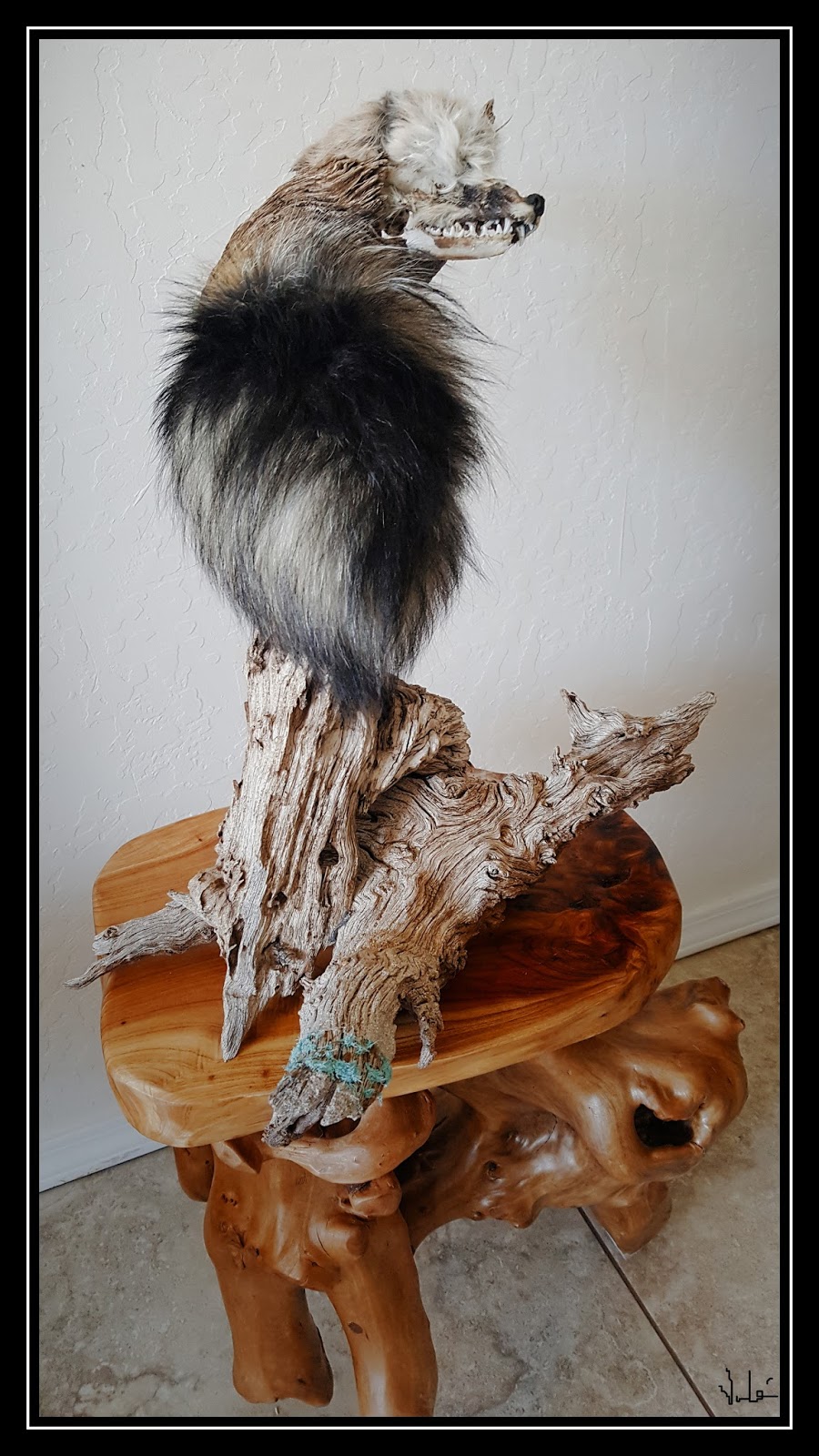Metamorphosis in the Arts: From Dali's Narcissus to Norman in "Psycho"
Last night I watched Hitchcock’s “Psycho”
again. It was in the late 1960s when I watched it for the first time, and later
on I never completed the movie. Somehow the shower scene is what I wanted to
see.
Last night, not only I watched the entire movie but
was amazed how much more there is in it than the thrilling shower scene.
Somehow after the past 50 years, I had not recalled the last scene when Anthony
Perkins is in the police station and had just confessed to his crimes and his relationship
with his mother. The, sitting alone in a
cold room at the police precinct, he asks for a blanket. And that scene, the
last few minutes of the movie suddenly resonated with all I have learned and
done as a healthcare professional in the past 40 years. In B&W, Perkins is wrapped up in the
blanket and looks at the camera with intermittent smiles, smirk, foxiness and
the undeniable message he gives is that he has more in his bag than he had
confessed to.
In that last scene, Perkins is the personification
of what we call today DID (Dissociative Identity Disorder).
But the genius of Hitchcock takes it a step further –
the blanket is folded almost like an opening cocoon around Perkins. To me,
suddenly, it was a scene of visual metamorphosis!
… I spent time this morning reading about
metamorphosis in the arts where shapes are shifted by the artist to represent
something else, some other concept perhaps.
And went back to studying the details of Salvador
Dali’s Métamorphose de Narcisse where the shifting of visual shapes is
also the shift of objects of desire. After breaking the hearts of his lovers, Narcissus
is punished by the gods to look at his image in the pool. And in that water he
sees his reflection, gets entranced by it but cannot have himself as his own
object of desire. So he kills himself in desperation.
… When an artist takes an innate material that was
once full of life, like a skull or an animal hide, and morphs it into a new
visual shape representing something else, is that metamorphosis?
Here is an example:
In the Southwest buffalo, deer and elk skulls are
used as the “canvas” for painting and a recognizable form for sculpture. But
the end product is not a painted or sculpted skull of a buffalo, rather a new
form, almost a new animal that reflects anthropomorphic concepts as intended by
the artist.
I have attempted similar processes (the Greek “osis” in meta-morph-osis) but with animal
parts I find in the desert. Many a time it is the skull of a wild donkey, a
deer or a peccary that coyotes have consumed and the skull somehow got hidden
by time and winds under the sand and dirt. And when the heavy rain season
comes, the running water digs trenches unearthing such remains.
I find that these remains also have a story of life
and death and I try to identify breaks, punctures, bad teeth, etc that can tell
that story. Here is an example:
These are two almost identical peccary skulls (no lower jaw) I found during my walks in the desert. The teeth are remarkably well kept even though the skulls are probably a decade old or more. Here is the visual transformation I made to one skull and left the other untouched for reference:
1. * I painted two kokopelli on the forehead of one skull.
Wikipedia defines kokopelli as:
“Kokopelli is
a fertility deity, usually depicted as a humpbacked flute player (often with
feathers or antenna-like protrusions on his head), who is venerated by some
Native American cultures in the Southwestern United States. Like most fertility
deities, Kokopelli presides over both childbirth and
agriculture.”
There are innumerable variations on the kokopelli,
but the basic visualization is:
2. * I
gave reptilian eyes to the peccary which is often misnomered as a wild “pig”.
3. * I
used turquoise stones from Arizona to give it the Southwestern identity.
So, did I visually transform the skull of a peccary (and
perhaps the identity of a peccary itself) into a new form representing
something else? Do the reptilian vs. pig-like
eyes represent stealth and longevity? Are the two kokopelli dancing for the
fertility of this new idea? Is it a visual metamorphosis?
Here is another example, this time from my painting on
animal hide. In this instance, the wild hare skin is amoeba-shaped and harbors a
woman, a butterfly and a movement of ascension.
The symbolism of moth to butterfly is the quintessential descriptor of
metamorphosis, and I used moth wings for earrings. So, there is that clear link
between moth and butterfly.
But the teasing eyes of the woman do the talking as
her lips are covered with a veil. Is the
hare skin now transformed into a message? Is there a change that is both visual
and philosophical? After all I painted a series of other veiled women during
the pandemic. Is the butterfly the messenger of hope?
… Back to “Psycho.” In 1960 when the movie was made,
Anthony Perkins was defined as a psychopath, maybe with paranoid schizophrenic enabling.
Today, DID addresses the dissociation in the person and how it reflects in his self
identity. Psychiatrists and psychologist
would not use the term metamorphosis because it is a one-way transformation,
where as the dissociation disorder is a constant back-and-forth in a person’s self
perceived identity hence behavior.
But, in the last scene of the movie, wrapped in his cocoon,
Perkins was a moth to become a butterfly! It is the genius of Hitchcock to make
us wonder about the character still, after 50 years.
March 6, 2021
© Vahé A. Kazandjian, 2021







Comments
Post a Comment